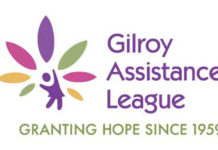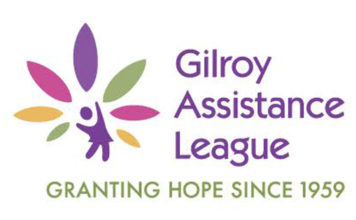
Gilroy once again broke heat records during a sweltering Labor Day weekend.
According to the National Weather Service Bay Area, Gilroy was expected to hit 109 degrees on Sept. 7, well above the previous record of 103 in 1977.
The city tied its record of 104 degrees on Sept. 6, and the 106 reached on Sept. 5 was a few ticks higher than the previous record of 103 in 1988.
The National Weather Service’s excessive heat warning ran through Labor Day weekend in the Santa Clara Valley and beyond, as triple-digit temperatures were expected at inland locations.
Gilroy has been setting heat records as of late. According to weather service data, the city reached 115 degrees during the afternoon of Aug. 16, beating last year’s record of 107 for the day. Gilroy hit 108 degrees on Aug. 15, four degrees higher than the previous record in 2019.
Warm conditions are expected through much of the week, but temperatures will trend gradually downward from Tuesday onward, as winds are expected to push cool marine air to inland areas, according to the National Weather Service.
Smoke from wildfires throughout the state is lingering in South County, with the air quality in Gilroy considered unhealthy for sensitive groups on Sept. 7, according to the Bay Area Air Quality Management District.
The Gilroy Library was open as a cooling center Sept. 5-7.
California’s electric grid operator called for residents to reduce their energy consumption Sept. 5-7 during the late afternoon hours.
In a press release, Santa Clara County officials said due to the potential for heat-related illnesses such as heat exhaustion and heat stroke, residents are encouraged to take precautionary measures including:
• Drinking plenty of fluids with electrolytes and staying out of the sun and in air conditioning, when possible.
• Ensuring young children and pets are never left in vehicles under any circumstance. This is especially true during warm or hot weather when car interiors can reach lethal temperatures within minutes.
• Assisting others on the street who may be having a severe reaction to the heat, by calling 911.
• Checking on a vulnerable person without air conditioning, such as an older adult or infirm neighbor, someone with a drug or alcohol disorder or severe mental illness, via phone or email and ensuring that they are staying cool and safe.











